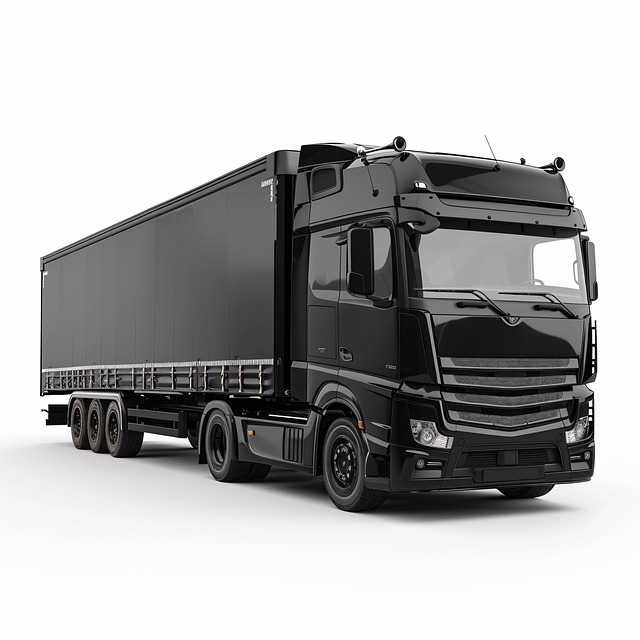Shipping oversized vehicles requires a deep understanding of local regulations, including weight, size, and route restrictions, to avoid delays, fines, and legal issues. Key steps include acquiring relevant permits, meticulous planning with alternative routes and securement equipment, and maintaining detailed records for compliance across state lines or urban areas. Adhering to these best practices ensures a safe, efficient, and legally compliant shipping process.
Navigating the world of shipping oversized vehicles requires understanding a web of regulations and permits. This comprehensive guide breaks down the essential aspects, ensuring compliance and safety in transporting large or unusual cargo. We’ll explore the key regulations governing oversized vehicle shipping, delve into the permits and licenses needed for seamless transport, and uncover best practices to streamline the process, from pre-shipment planning to final delivery.
- Understanding Oversized Vehicle Shipping Regulations
- Permits and Licensing Requirements for Safe Transport
- Best Practices for Efficient and Compliant Oversized Shipping
Understanding Oversized Vehicle Shipping Regulations

When it comes to shipping oversized vehicles, understanding the regulations is paramount to a smooth and legal process. Each jurisdiction has its own set of rules governing the transportation of large or non-standard vehicles, which can include everything from construction equipment to recreational vehicles. These regulations are designed to ensure safety on the roads and minimize disruptions to regular traffic flow.
Knowledge of local laws is essential for shipping companies and vehicle owners alike. This involves obtaining the necessary permits, adhering to weight and size restrictions, and sometimes even coordinating with authorities for route clearance. Staying informed about these regulations can help avoid costly delays, fines, or even legal repercussions that may arise from non-compliance when shipping oversized vehicles.
Permits and Licensing Requirements for Safe Transport

When shipping oversized vehicles, ensuring safe transport is paramount. This involves obtaining the necessary permits and licenses, which vary based on the size, weight, and destination of the vehicle. Key requirements include identifying the correct routing and assessing any special considerations, such as width restrictions or low bridges. Obtaining these permits is crucial to navigate regulations set by both federal and local authorities, ensuring a smooth and legal transportation process.
Permits for shipping oversized vehicles typically involve applications through designated authorities, who review dimensions, weight limits, and intended routes. Additional fees and documentation may be required, especially when crossing state lines or navigating densely populated areas. Compliance with these regulations is essential to avoid penalties, delays, or even legal action, guaranteeing a safe and efficient journey for the vehicle being transported.
Best Practices for Efficient and Compliant Oversized Shipping

When shipping oversized vehicles, adhering to best practices ensures a smooth and compliant process. First, obtain all necessary permits before loading your vehicle. This includes identifying the correct regulations based on the size, weight, and route of the shipment. Each jurisdiction has specific requirements, so consult local authorities or a shipping expert to avoid delays at checkpoints.
Additionally, proper planning is key. Measurements and weight limits must be precise, and you should always consider alternative routes in case of narrow bridges or low-hanging tunnels. Secure the vehicle properly using appropriate equipment like chains and wooden blocks. This not only prevents damage but also meets legal standards for securing oversized loads. Finally, maintain detailed records throughout the process, including permits, inspections, and any modifications made to the vehicle for shipping.
When shipping oversized vehicles, navigating regulations and permits is essential for a safe and efficient process. Understanding the necessary licenses and best practices ensures compliance and reduces potential delays. By familiarizing yourself with these requirements, you can streamline the transportation of large or unconventional vehicles, making it a seamless experience for both carriers and clients in today’s logistics landscape.
